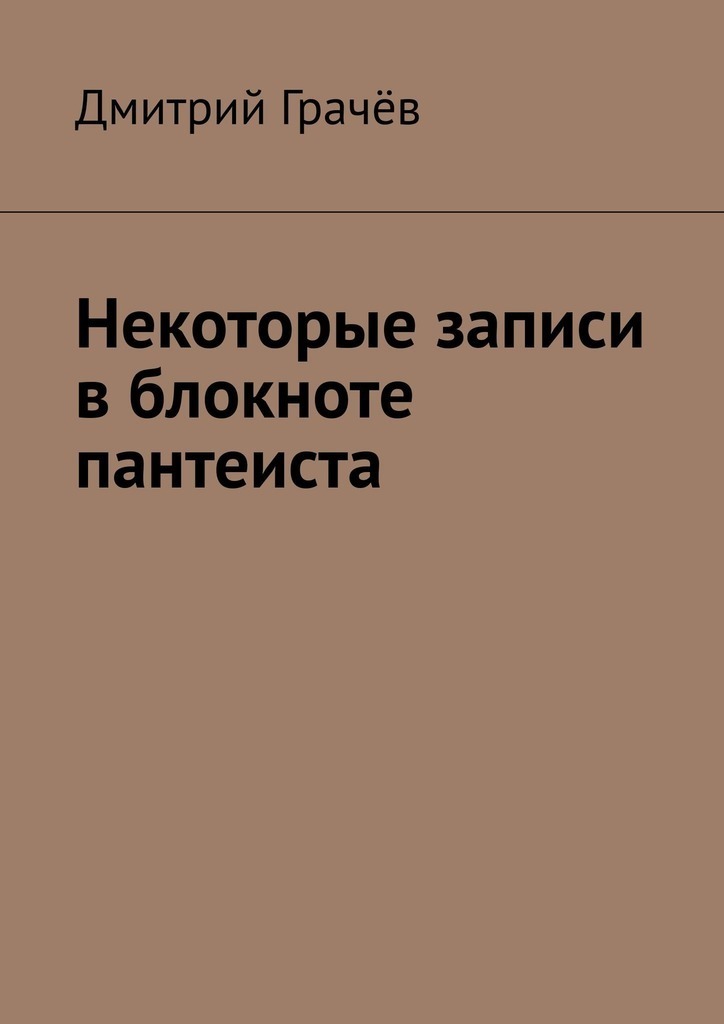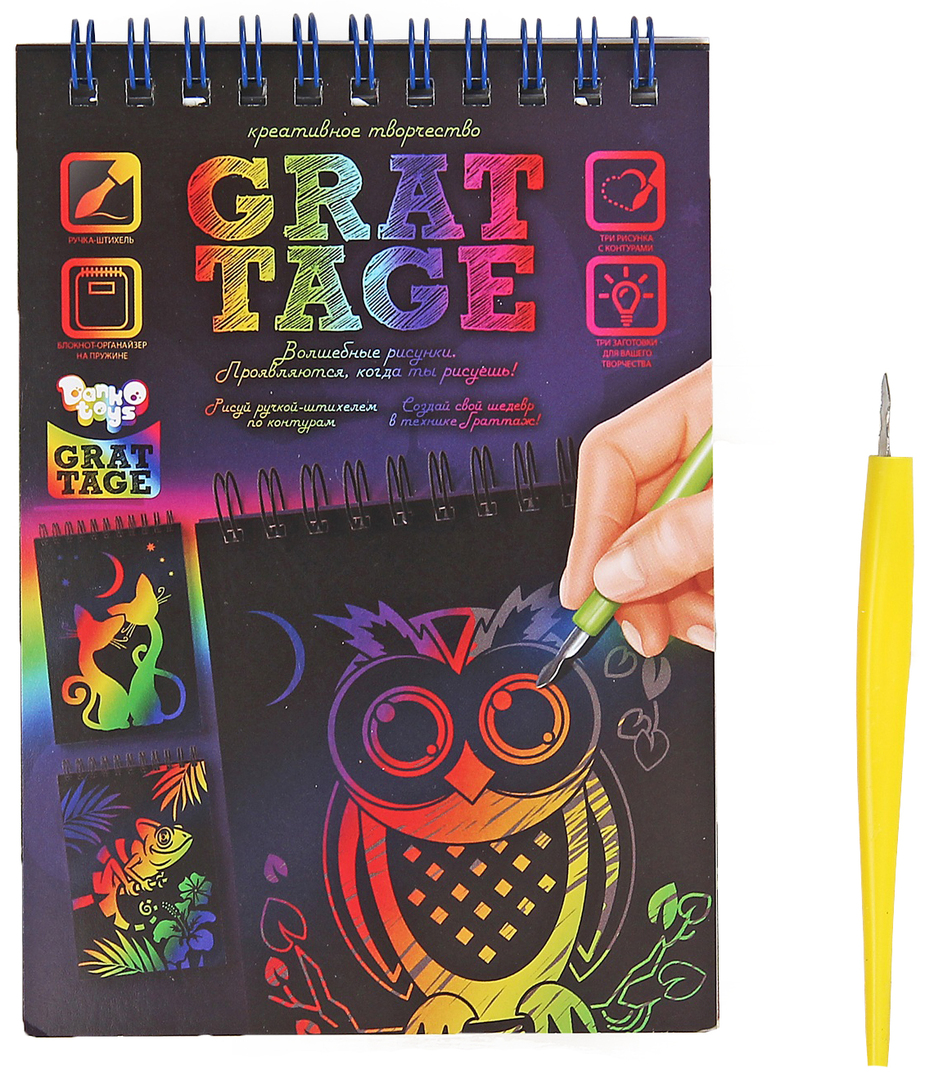Knitting ten loops, using the front loop - a very interesting form of needlework. Using this method, you can create beautiful and practical blanket from the remnants of knitting yarns. Work using the method of facial loops, it is not difficult.
Little plaid associated spiral knitting method of "10 foot"
Content
- 1 Plaid 10 loop: description
- 2 scheme of work
- 3 knitting process
- 4 some errors
- 5 Video: Plaid 10 loops, a master class
- 6 50 blankets "10 foot" - square and rectangular versions for children and adults:
Plaid 10 loop: description
The article may be of arbitrary size. You can link and bed cover and a warm blanket, and a small bract for a chair, and a knitted tablecloth for the table.
Beautiful children's plaid blouse and complete related squares "10 foot"
Multi-colored threads for this plaid
Colors can also be very diverse. The most popular options:
- two-color,
Two-tone square rug "10 foot"
- multicolored with overflow,
Chic colorful rug with shimmering looks very nice
- multicolored without overflow.
Square colorful plaid "10 foot" without overflow
The choice of color scheme depends on personal preference and on the presence of the needlewoman yarn for knitting. The most sophisticated version - multi-colored plaid with overflow. It is perfectly fit into any interior, looks totally old-fashioned and adds charm and comfort to any room.
You can link the original version of a round rug "10 foot"
A proper selection of colors will allow maximum use of the remnants of colored yarn for knitting lying around the house.
For this plaid are perfect for any multi-colored yarn
scheme of work
Knit a blanket is necessary, using one of the simplest methods - Garter ten loops.
Garter stitch knitting needles - scheme and description
In this case, the first front loop must be continuously removed, and the tenth is permitted to do by any convenient method, but so that the edge formed slices side braids. This is necessary for easier bonding the strips together.
EXAMPLE knitting truncated series - recruit loop knit 2 rows garter
In the third row provyazyvaem 8 loops and 4 leave on the left spoke
Initial tape need to knit, creating a pigtail loops - both in person and on the wrong side. If the blanket is designed square, the front loop should be created to 9 furrows knitting.
In order to rotate the job - working thread snapped on left needle over the last loop and remove that same loop on the right needle as a wrong
Gone then working on the loop thread and return itself loop on the left needle
So we wound extreme the loop on the left spoke - you need to turn in place was a hole
In order to knit a rectangular blanket, slices side braids should be made longer. For example, to the size of 200x150 handicrafts need to work in the process of the original tape is advanced to the 50 centimeters in length.
knitting process
Gaining 10 loops and knit initial ribbon garter (exterior loops on the face and underside)
Crucial moment of the whole process - the first angle. It is necessary to take into account the shift of 1 loop and knit angle so that the loop between adjacent holes was not. To avoid confusion, the angle can be knit on 9 tabs from left to right, then - the same amount in the opposite direction.
Dovyazyvaem first full angle conduct countdown
Next you need to do a second angle. In the process we do not forget about the displacement and the fact that the first loop braids should be removed.
Getting knitting a second angle, keeping score of 9 to 1
When the two corners are ready, it is time to tape. It needs to be linked simultaneously attaching pigtails base web. To do this, you need to stretch the front of the loop through the pre-shot loop number ten.
Dovyazyvaem angle, making allowances, consider from 1 to 9 - the second angle is ready
And if the hook?
Crochet knit or just under the back pigtails share, or under both its segments. In the first case, a thin scar knitting, in the second - the scar will be dense, well-marked, voluminous.
Colorful plaid children "10 foot" associated Tunisian crochet
When knitting the back under the wrong side fraction obtained less bulky and more pleasant to the touch. However, bipartite scar will look much more carefully. Whichever method you choose - a private affair of each needlewoman.
Getting knitting ribbons simultaneously attaching it to the associated pigtail lateral webs such hem is obtained if the loop is knitted into both front lateral lobules pigtails
Wrong side - on the site of a small hem groove
If you do knitting for two slices side braids, then the hem is obtained from two tracks facial loops
Rest of the work is done in a spiral, continuously measuring out all the same ten loops. Rationally stick to one direction - traditionally a plaid knit counterclockwise. In this case, the product gives a very accurate, and that it is important for inexperienced needlewomen - it is easy to dissolve properly when you make a mistake in the process of mating.
Now again we knit helix angle, to the adjoining knitting edge associated pigtail
The second square is ready, continue to knit, creating angles and joined knitting on straights
some errors
What mistakes often make when using the method 10 loops? First - this is the wrong count themselves loops. A common mistake - not taking pictures of the first loop at the end of the series. Then it is necessary to dissolve the yarn and start again.
Errors are also allowed when the angle fit. Spoil the whole thing loose series - plaid not only loses its function of warm things, but also significantly deteriorating its appearance. To prevent stretching, it is necessary to apply binding shortened rows - it turns out dense, and the angles at a knitting manufacture easier.
Such needlework - a great pastime for any housewife and an excellent production method practical, convenient, stylish and warm products.
plaid edge can tie the hook veerochkami



